Moxifloxacin & Dexamethasone Eye Drops 10 ml for Dogs: Comprehensive Guide to Safe and Effective Antibiotic Treatment
What is Moxifloxacin & Dexamethasone Eye Drops 10 ml?
The active ingredient, enrofloxacin, belongs to the fluoroquinolone class of antibiotics known for their broad-spectrum activity against many gram-negative and gram-positive bacteria. Moxifloxacin & Dexamethasone Eye Drops 10 ml is widely used in veterinary medicine due to its effectiveness, ease of administration, and relatively favorable safety profile. It is commonly prescribed to help eliminate bacterial pathogens responsible for skin infections, urinary tract infections, respiratory infections, and wounds. Ensuring timely treatment with Dexaflox helps prevent the progression of infections and supports the overall health and wellbeing of dogs.
Understanding Moxifloxacin & Dexamethasone Eye Drops 10 ml for Dogs: An Overview
Moxifloxacin & Dexamethasone Eye Drops 10 ml functions by inhibiting bacterial enzymes DNA gyrase and topoisomerase IV, which are essential for bacterial DNA replication and repair. By disrupting these processes, the antibiotic prevents bacterial proliferation and ultimately leads to the death of susceptible bacteria. Dexaflox is effective against a wide range of bacteria including Escherichia coli, Staphylococcus spp., Pseudomonas aeruginosa, and others. Its oral formulation makes administration relatively straightforward for pet owners. Because fluoroquinolones like Dexaflox can affect cartilage development, caution is advised when using the drug in growing puppies. Veterinary professionals typically determine the necessity and dosage based on clinical examination and diagnostic testing to ensure safe and targeted treatment.
How to Use Moxifloxacin & Dexamethasone Eye Drops 10 ml for Dogs
- Consult Your Veterinarian
Always get a proper diagnosis and prescription from your vet before using Dexaflox. Your veterinarian will decide on the dosage by assessing your dog’s weight, age, and infection characteristics. - Prepare the Medication
Dexaflox usually comes as oral tablets. Check the packaging and instructions to confirm the correct dose and administration schedule. - Administer the Tablets
- Give the tablets orally, with or without food. Giving with food can help reduce stomach upset.
- If your dog resists taking pills, try hiding the tablet in a small amount of tasty food or use a pill pocket.
- Follow the Dosage Schedule
- Administer the medication exactly as prescribed—typically once or twice daily.
- Follow a fixed daily schedule to keep medication levels steady
- Complete the Full Course
Even if your dog’s symptoms improve quickly, continue giving the medication for the full prescribed duration to ensure all bacteria are eliminated and to prevent resistance. - Monitor Your Dog
Watch for any side effects such as vomiting, diarrhea, or unusual behavior. If you detect any worrying symptoms, reach out to your vet immediately. - Do Not Alter Dosage
Never change the dose or stop treatment without veterinary advice, even if your dog seems better. - Storage
Store Dexaflox tablets in a cool, dry place away from direct sunlight and out of reach of children and pets.
Medical Uses and Applications
Moxifloxacin & Dexamethasone Eye Drops 10 ml is prescribed to treat various bacterial infections in dogs, including:
- Skin and soft tissue infections: Commonly caused by Staphylococcus species, resulting in pyoderma or wound infections.
- Urinary tract infections (UTIs): Bacterial cystitis and other urinary infections caused by susceptible bacteria.
- Bacterial respiratory conditions, including pneumonia, bronchitis, and related infections.
- Post-surgical infections: Prevention or treatment of infections following surgical procedures.
- Other localized infections: Such as ear infections or dental abscesses caused by bacteria responsive to enrofloxacin.
Proper diagnosis and culture sensitivity testing are essential for confirming the infection type and ensuring Dexaflox is an appropriate choice, thereby reducing unnecessary antibiotic use.
Safety Profile and Considerations
- Common side effects: Mild gastrointestinal symptoms such as vomiting, diarrhea, or reduced appetite may occur. These are typically transient.
- Precautions: Dexaflox is not recommended for use in pregnant or lactating dogs unless clearly indicated by a veterinarian. Caution is necessary in young puppies due to potential effects on developing cartilage and joints.
- Contraindications: Avoid concurrent use with other fluoroquinolones or drugs known to affect cartilage health unless under veterinary supervision.
- Allergic reactions: Though rare, watch for signs of hypersensitivity such as swelling, itching, or difficulty breathing, and seek immediate veterinary care if these occur.
- Kidney and liver considerations: Dose adjustments may be required for dogs with impaired kidney or liver function, as metabolism and excretion can be affected.
- Post-surgical infections: Prevention or treatment of infections following surgical procedures.
- Other localized infections: Such as ear infections or dental abscesses caused by bacteria responsive to enrofloxacin.
Proper diagnosis and culture sensitivity testing are essential for confirming the infection type and ensuring Dexaflox is an appropriate choice, thereby reducing unnecessary antibiotic use.
Appropriate Dosing and Administration
1. Dosage Determination
The correct dosage of Dexaflox depends primarily on your dog’s weight, the type and severity of the bacterial infection, and your veterinarian’s assessment. Typical dosing ranges from 5 to 20 mg per kilogram (mg/kg) of body weight per day. The vet will prescribe the precise dose within this range based on factors like infection site, bacterial susceptibility, and your dog’s health status.
2. Frequency of Administration
Moxifloxacin & Dexamethasone Eye Drops 10 ml is usually given once or twice daily depending on the infection severity and the specific instructions from your veterinarian. The interval between doses should be as consistent as possible to maintain effective drug levels in your dog’s bloodstream.
3. Method of Administration
- Oral tablets: Dexaflox is commonly administered as tablets that are given orally.
- Tablets can be given with or without food, although giving with food may reduce the risk of gastrointestinal upset.
- If your dog resists taking tablets, discuss with your vet options such as pill pockets or crushing the tablets (only if vet-approved).
- Avoid crushing or splitting tablets unless specifically advised by the veterinarian, as it can affect dosing accuracy.
4. Duration of Treatment
- The duration of Dexaflox treatment typically ranges from 7 to 14 days, but in some cases, longer treatment may be required depending on the infection’s nature and response to therapy.
- It is critical to complete the full course of medication, even if your dog appears to have recovered sooner.
-
Special Considerations
- Puppies and young dogs: Use with caution as fluoroquinolones can affect cartilage development. Vet will determine if benefits outweigh risks.
- Dogs with kidney or liver impairment: Dosage adjustments may be necessary to prevent accumulation of the drug and reduce side effects.
- Concurrent medications: Inform your vet of any other drugs your dog is taking to avoid harmful interactions. Dexaflox should not be combined with other fluoroquinolones or certain antacids and supplements that interfere with absorption.
6. Storage and Handling
- Place Dexaflox tablets in a cool and moisture-free area, away from sunlight exposure.
- Store securely to prevent access by children and pets.
- Follow any specific storage instructions provided with the packaging.
Patient Information and Support
- Store Dexaflox in a temperature-stable, moisture-free environment, away from direct light and safely out of children’s and animals’ reach.
- Administration tips: If your dog is reluctant to take tablets, consult your vet about possible pill pockets or alternative formulations.
- Missed dose: If a dose is missed, give it as soon as remembered unless it is almost time for the next dose; never double up to make up for a missed dose.
- Monitoring: Observe your dog for any side effects or worsening symptoms and report these to your veterinarian promptly.
- Communication: Maintain regular contact with your veterinarian during the treatment course for guidance and potential adjustments.
- Support: Veterinary clinics often provide educational materials and support to help pet owners administer medications safely and effectively.
Research and Future Directions
Recent veterinary research continues to explore optimizing fluoroquinolone use to combat antibiotic resistance while maintaining efficacy. Studies focus on:
- Innovating formulations to improve how well the drug is absorbed and lower the need for frequent dosing.
- Investigating combination therapies to broaden antibacterial coverage and reduce resistance development.
- Enhancing diagnostic techniques for faster identification of pathogens and targeted antibiotic selection.
- Monitoring resistance patterns in veterinary pathogens to inform responsible antibiotic stewardship.
Future directions also include the development of alternative antimicrobial agents and non-antibiotic therapies to support canine health while reducing reliance on antibiotics like Dexaflox. Veterinary professionals emphasize prudent use to preserve the effectiveness of these critical medications.
Conclusion
Moxifloxacin & Dexamethasone Eye Drops 10 ml is a valuable and effective antibiotic for treating a variety of bacterial infections in dogs. When used correctly under veterinary guidance, it can help eliminate infections, promote faster recovery, and improve your dog’s overall health. It is essential to follow the prescribed dosage and complete the full treatment course to ensure the best outcomes and reduce the risk of antibiotic resistance. Always consult your veterinarian for advice tailored to your dog’s specific needs, monitor for any side effects, and maintain open communication throughout the treatment process. Responsible use of Dexaflox supports both your pet’s wellbeing and the broader effort to preserve antibiotic effectiveness in veterinary medicine.







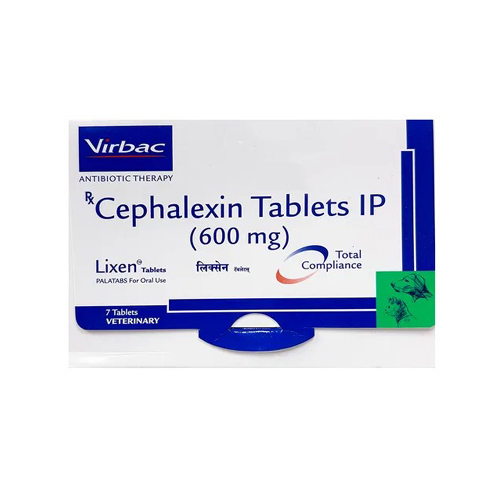
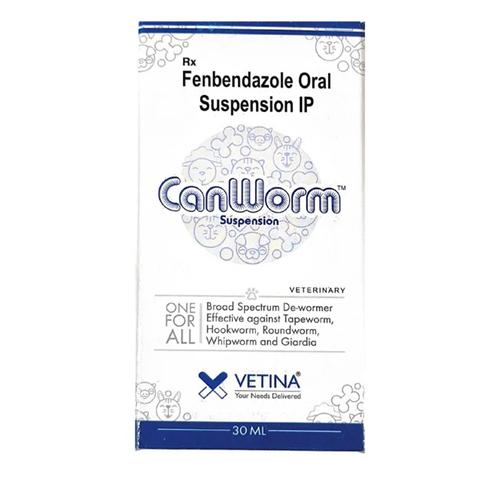



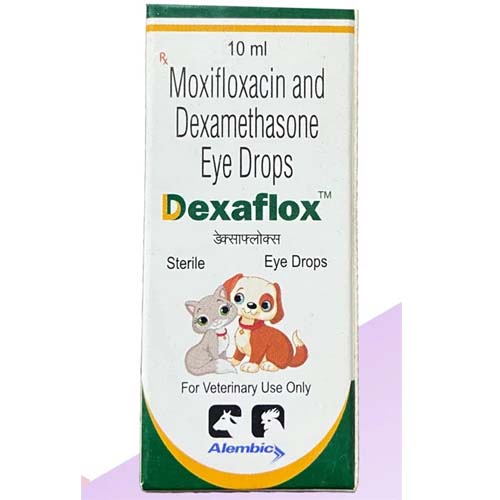
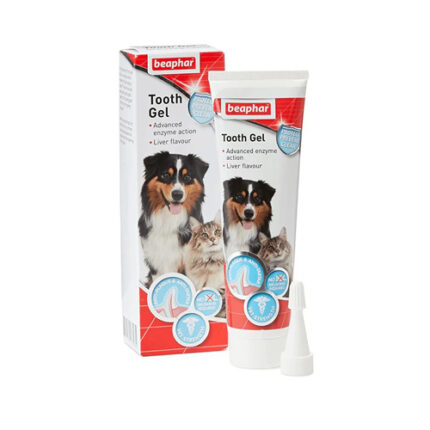
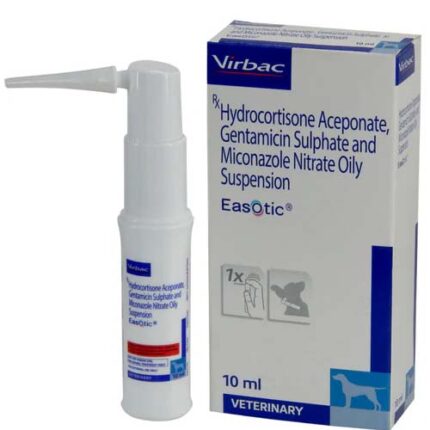
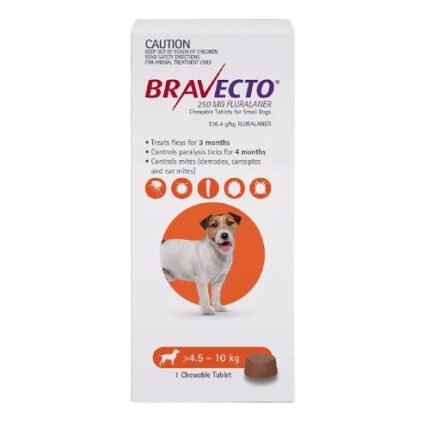

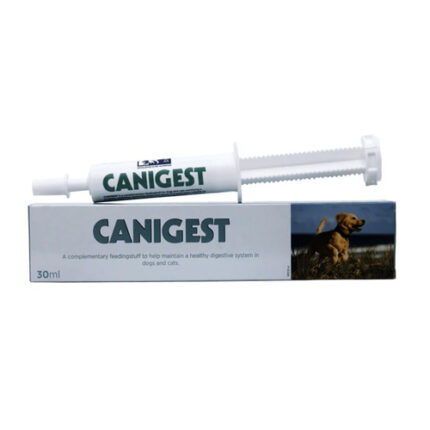
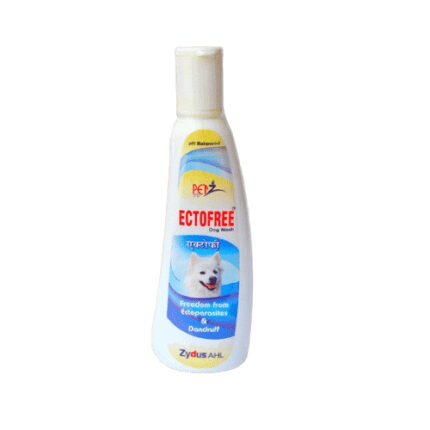
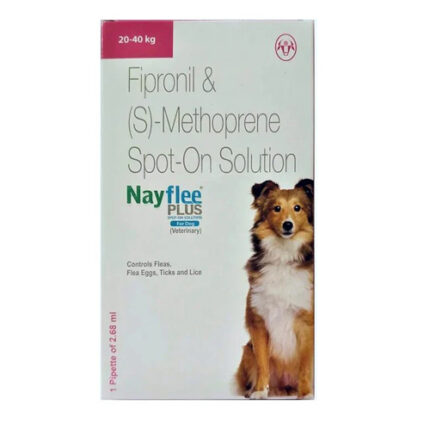
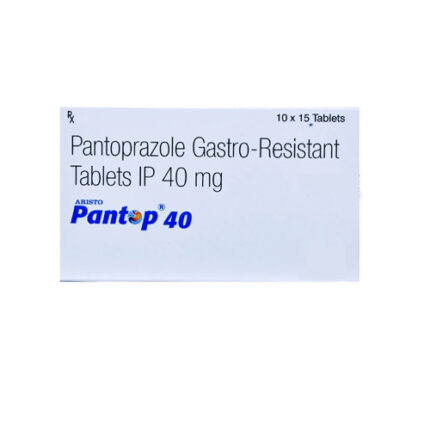
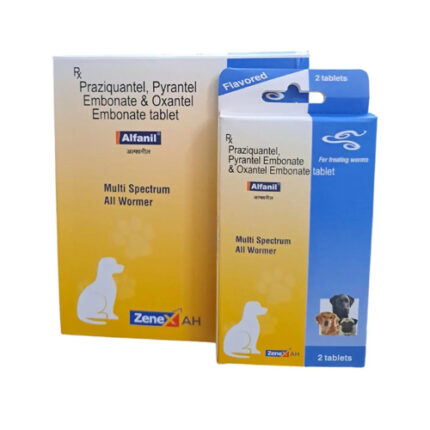

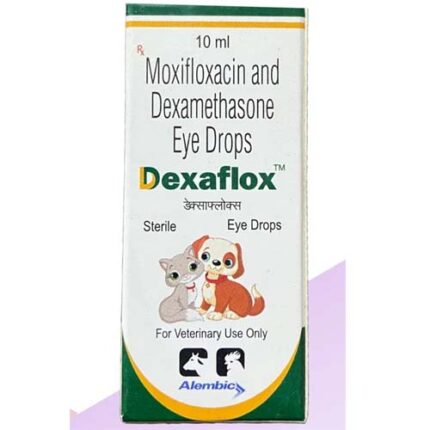
Reviews
There are no reviews yet.